The Moment of Truth for BICEP2
Sometime over the next few weeks, Planck will release their new results. What will that mean for gravitational waves from inflation?
“The paradigm of physics — with its interplay of data, theory and prediction — is the most powerful in science.” –Geoffrey West
Earlier this year, the BICEP2 experiment shook up the world of cosmology, announcing that they had detected gravitational waves originating from before the Big Bang! Not only did they announce this, but they announced that they had done so with a signal in excess of 5σ, which is regarded as the gold standard for a detection in physics.
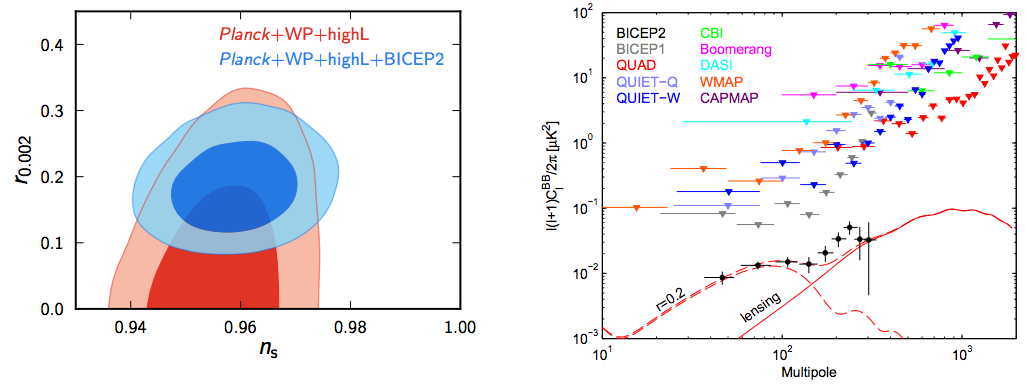
But this may all turn out — despite the hoopla — to be absolutely nothing. Or, as it were, nothing more than a phantasm, as the observed signal may have originated from a source as mundane as our own galaxy, and have nothing to do with anything from billions of years ago!
How did we get into this mess, and how do we get out of it? The answer to both questions is “science,” and it’s a great illustration of how the process and the body of knowledge actually evolves. Put your preconceptions of how it ought to work aside, and let’s dive in!
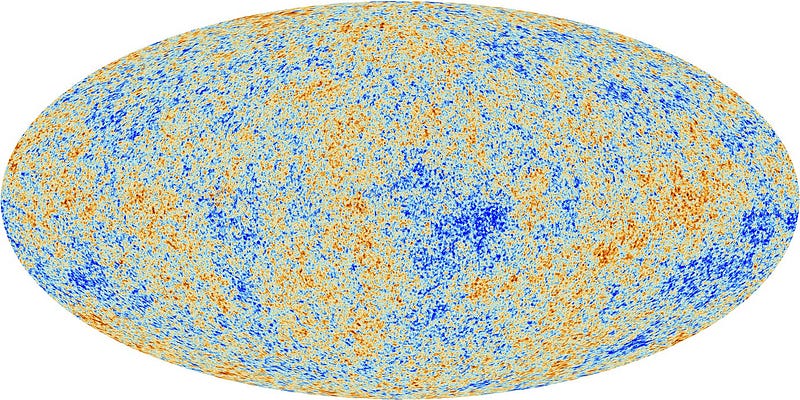
This is a snapshot of the cosmic microwave background (CMB), the leftover glow from the Big Bang, as viewed by the Planck satellite. Planck has the best resolution of any all-sky map of the CMB, getting down to resolutions smaller than one tenth of a degree. The temperature fluctuations are minuscule: on the order of just a few tens of microKelvin, less than 0.01% of the actual CMB temperature.

But buried in this signal is another, even more subtle one: the signal of photon polarization.
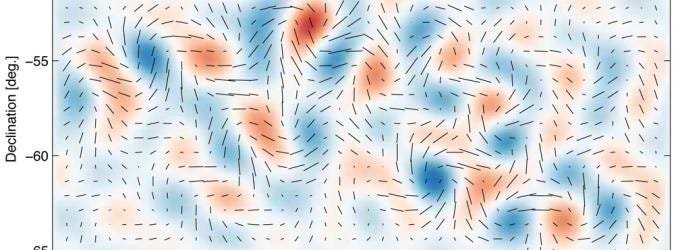
Basically, when photons pass through electrically charged particles in certain configurations, their polarizations — or how their electric and magnetic fields are oriented — are affected. If we look at how the two types of polarization, the E-modes and B-modes, are affected on a variety of angular scales, we ought to be able to reconstruct what caused these signals.

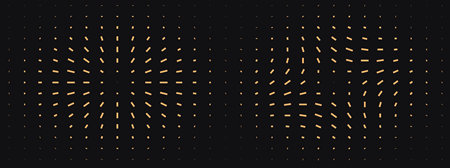
A portion of this signal, in addition to charged particles, could also originate from gravitational waves created in the early Universe. There are two main classes of models of inflation that give us a Universe consistent with what we observe in all ways: new inflation, which was actually the second model (and first viable model) ever proposed, and chaotic inflation, which was the third model (and second viable one).
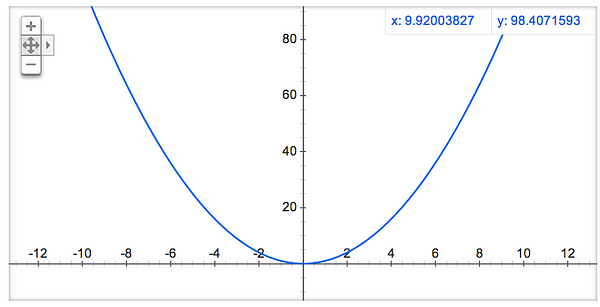
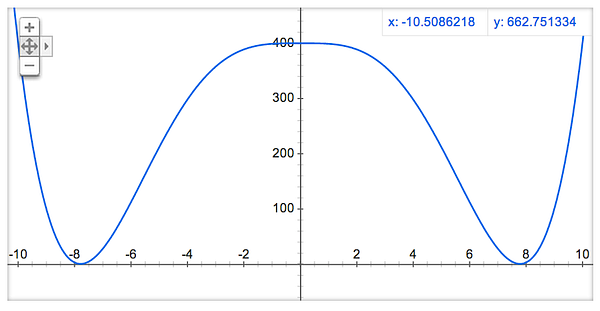
These two models of inflation make vastly different predictions for gravitational radiation: new inflation predicts gravitational waves (and primordial B-modes) that are extraordinarily tiny, and well beyond the reach of any current or even planned experiment or observatory, while chaotic inflation predicts huge B-modes, some of the largest ones allowable. These signatures have a characteristic frequency spectrum and affect all wavelengths of light identically, so it should be an easy signal to find if our equipment is sensitive to it.
And that’s where BICEP2 comes in.
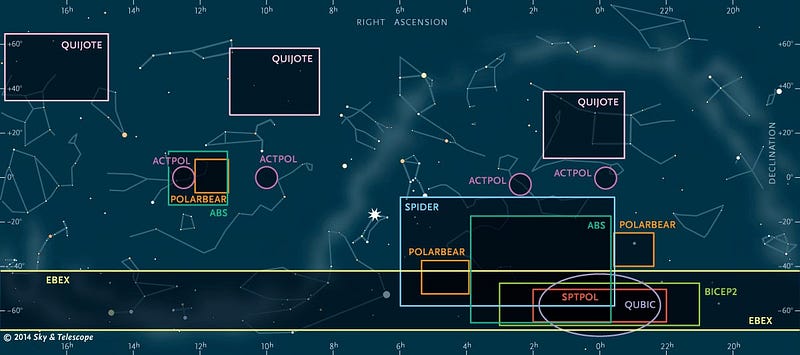
Rather than measuring the whole sky, BICEP2 measured just a tiny fraction of the sky — about three fingers held together at arm’s length worth — but were able to tease out both the E-mode and B-mode polarization signals. And based on their analysis of the B-modes, which was very careful and very good, mind you, they claimed the greater-than-5σ detection.
What this means is that they had enough data so that the odds that what they were seeing was a “fluke” of having observed just a serendipitous patch of sky was tiny, or a one in 1.7 million chance. Flukes happen all the time at the one-in-100 level or the one-in-1,000, but one-in-1.7 million flukes… well, let’s just say you don’t win the lotto jackpot very often.


But there’s another type of error that they didn’t report. Not a statistical error, which is the kind you can improve on by taking more data, but a systematic error, which could be an effect that causes what you think is your signal, but is actually due to some other source! This type of error normally goes undetected because if you knew about it you’d account for it!
This is exactly what happened a couple of years ago, if you remember the “faster-than-light-neutrino” business. An experiment at CERN had reported the early arrival by just a few nanoseconds of thousands upon thousands of neutrinos, meaning that they would have exceeded the speed of light by something like 0.003%, a small but meaningful amount. As it turned out, the neutrinos weren’t arriving early; there was a loose cable that accounted for the error!
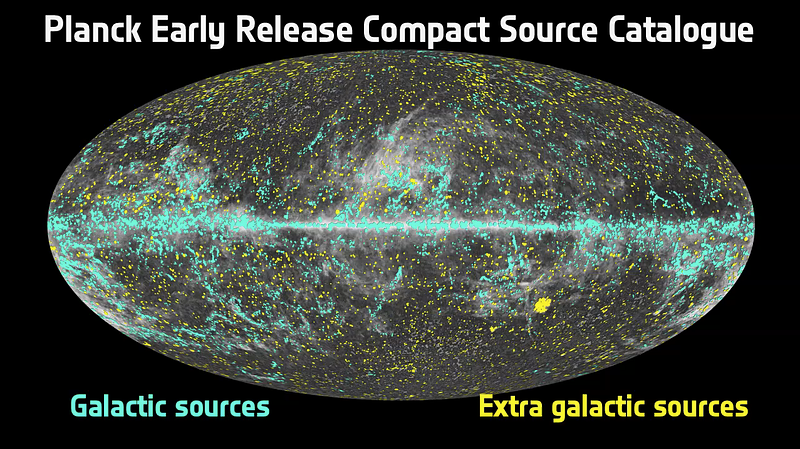
Well, one of the things the BICEP2 team didn’t measure was the galactic foreground emission. Polarized light — including light that contains these B-modes — gets emitted by the Milky Way galaxy, and that can contaminate your signal. The BICEP2 team used a very clever trick to try and eliminate this, by interpolating unreleased Planck data about galactic foregrounds, but when the Planck team actually released their data, the foregrounds were significantly different from what BICEP2 had anticipated. And with the new Planck data, the announcement of a “discovery” needed to be walked back; the evidence was now something like a one-in-200 chance of being a fluke.
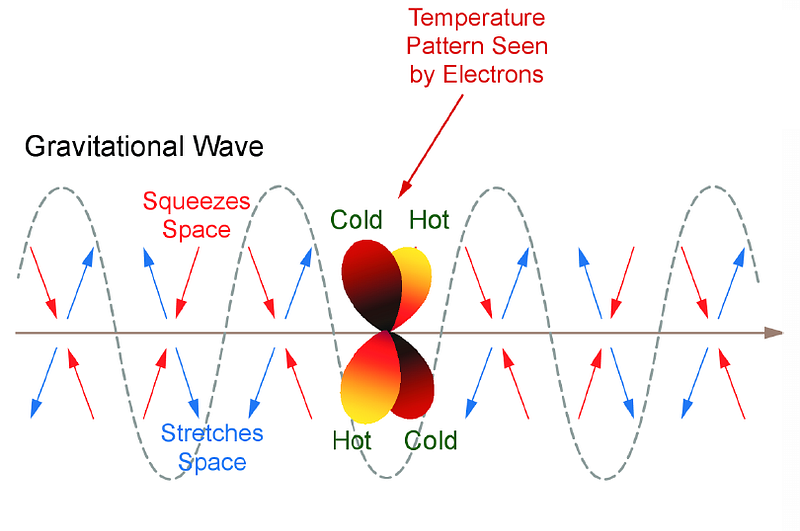
In other words, although gravitational waves could have caused this signal, so could other, far more mundane sources, including just our boring old galaxy!
Sometime later this month, the Planck team will release their all-sky polarization results, and either at that moment or shortly thereafter, we’ll find out whether there really are gravitational waves from inflation that can be detected with our current generation of telescopes, satellites and observatories. We’ll find out whether chaotic inflation is right, or whether we need to keep searching for the gravitational wave signal from before the Big Bang. We already have the density fluctuation signal, so we can be confident that inflation happened. It’s just a question of which type.
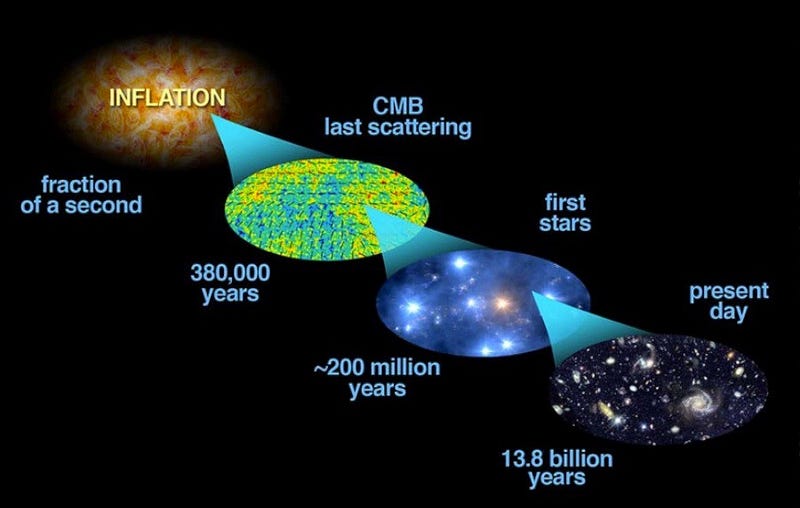
Stay curious, stay hungry for more knowledge, but always demand that your scientific claims be independently verified, that your possible systematic errors be checked, and that you have overwhelming evidence before believing the extraordinary claims. It’s easy to make a bold statement; it’s hard to start a bona fide scientific revolution!
Leave your comments at the Starts With A Bang forum on Scienceblogs! And a special thanks to contributing writer Amanda Yoho for her two earlier pieces on the CMB (parts 1 and 2 here) that inspired this redux!





